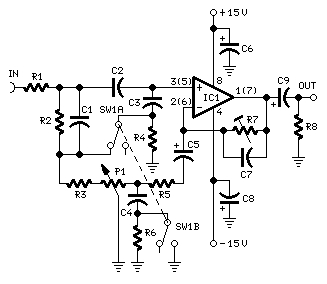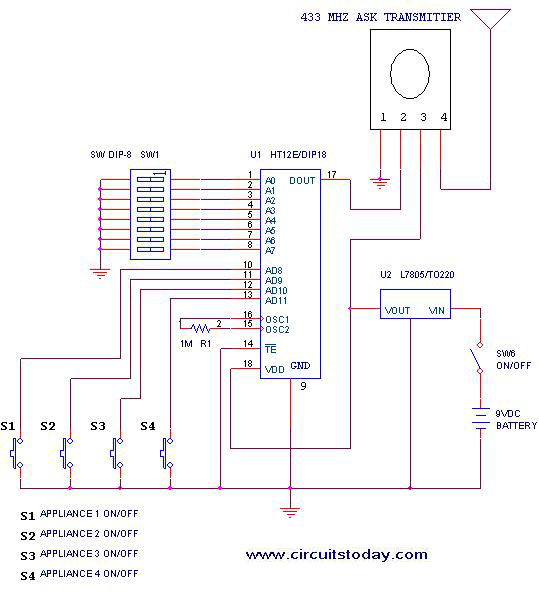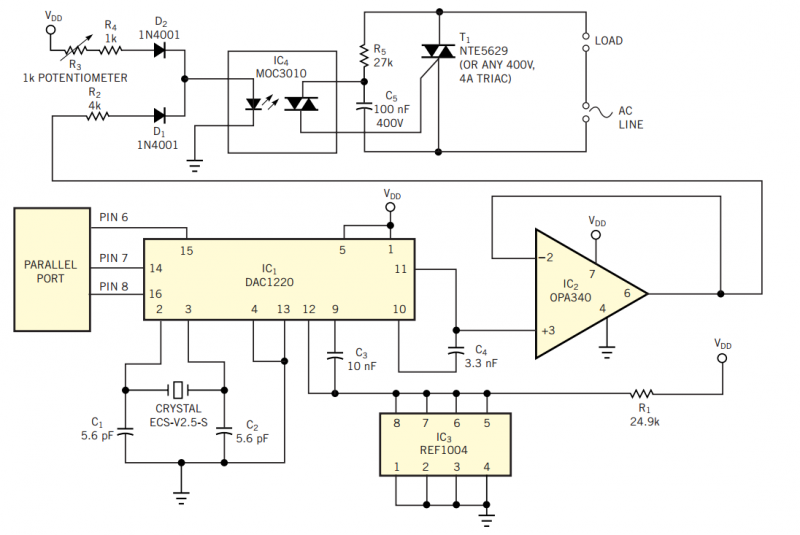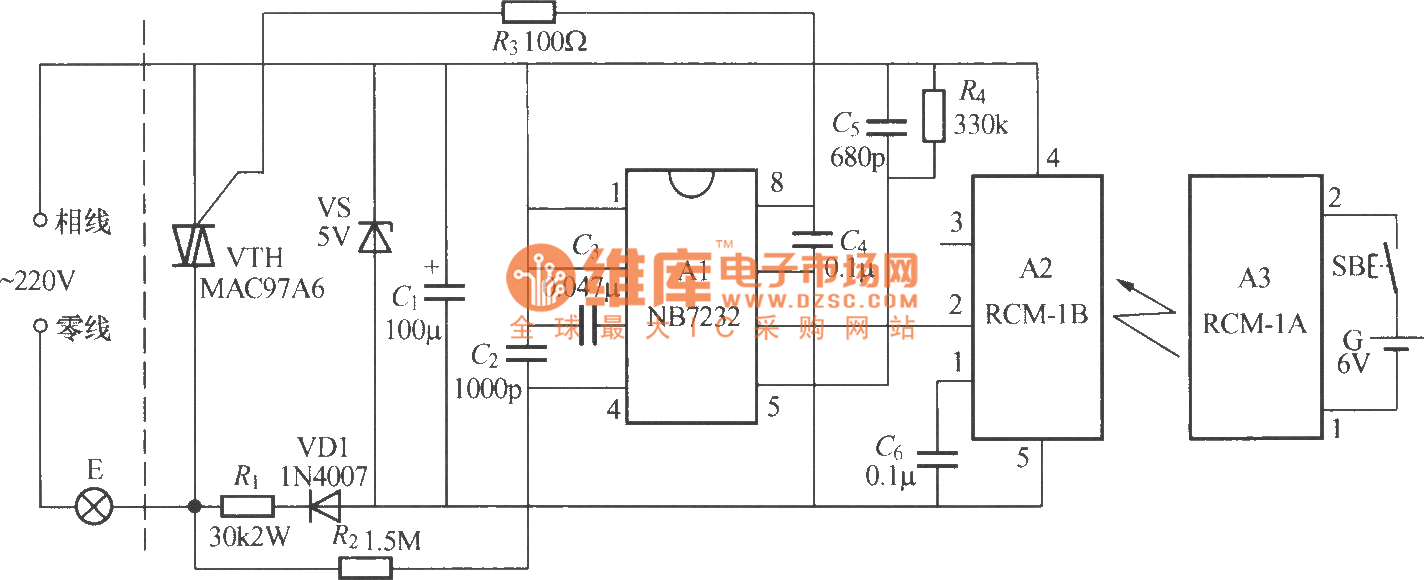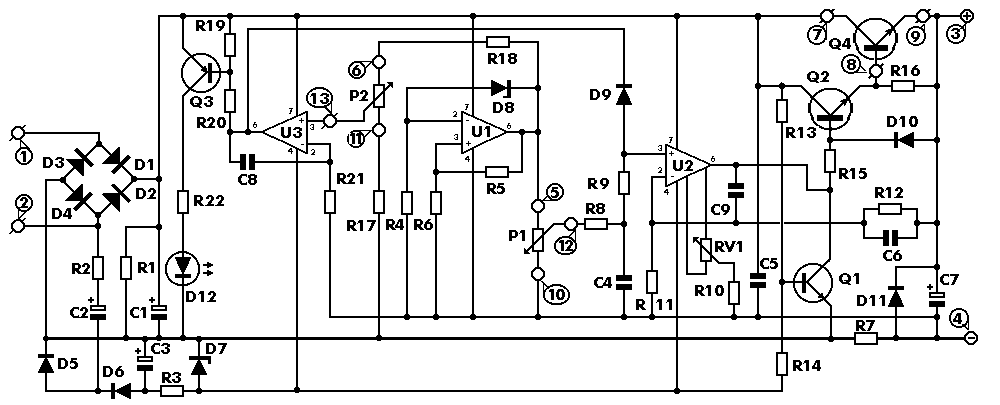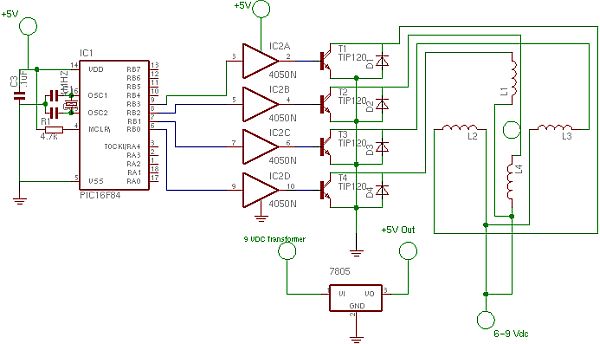
control interfacing lcd
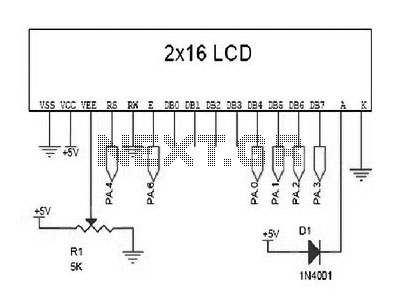
The LCD does not effectively assist in programming due to the absence of a debugging program. It is necessary to display the results of calculations, the contents of variables, or other debugging information on the LCD to understand the program being developed. The LCD can be used to present the results of data retrieval from sensors and facilitate interaction between microcontrollers and users. Generally, LCDs are marketed for their low power consumption and ease of operation. The interfacing circuit for an LCD does not require many additional components; only one resistor and one variable resistor are needed to adjust the contrast on the LCD matrix. The LCD display module is equipped with a controller that includes two 8-bit registers: the instruction register (IR) and the data register (DR). The instruction register stores command codes for operations such as clearing the display, shifting the cursor, and addressing the data in the display data RAM (DDRAM) and character generator RAM (CGRAM). The display data RAM (DDRAM) holds the display data in the form of 8-bit character codes, with a capacity for 80 characters. The character generator ROM (CGROM) produces characters in either a 5x8 dot or 5x10 dot format.
The LCD (Liquid Crystal Display) serves as a crucial component in embedded systems for displaying information. Its utility is accentuated when integrated with microcontrollers, where it can provide real-time feedback on calculations and sensor data. The absence of a debugging program limits its effectiveness in program development; however, once operational, it can display variable contents and system status, enhancing user interaction.
In terms of electrical characteristics, the LCD operates on a low voltage, typically between 5V to 12V, making it suitable for battery-powered applications. The interfacing circuit is designed for minimal component usage, which simplifies the overall design. The inclusion of a single resistor and a variable resistor allows for easy adjustment of display contrast, ensuring that the characters are visible under various lighting conditions.
The internal architecture of the LCD includes two primary registers: the instruction register (IR) and the data register (DR). The IR is responsible for receiving commands that control the display's behavior, such as clearing the screen or setting the cursor position. The DR, on the other hand, is utilized to send data to be displayed on the screen. The DDRAM stores the actual characters that will appear on the display, while the CGRAM holds the custom characters that can be generated by the user.
The CGROM is integral to character generation, providing predefined character patterns that can be displayed in either a 5x8 or 5x10 dot matrix format. This flexibility allows for a variety of character types, accommodating different display needs. The LCD's ability to manage up to 80 characters in its DDRAM makes it a versatile choice for many applications, from simple data displays to more complex user interfaces.
In conclusion, the LCD is a valuable tool in electronics for providing visual feedback and facilitating user interaction, particularly in systems where monitoring and debugging are essential. Its low power requirements and straightforward interfacing make it an ideal choice for a wide range of applications.LCD hardly assists in program because we don`t apply debugging program. We need to present result of the calculations, contents of variable or need of other debug to LCD to know program process which we are create. LCD applicable to present result of retrieval of data from sensor even interaction applicable to between the microcontrollers with man.
LCD which there is marketing generally has consumption of low power as well as easy to be operated. At interfacing circuit, LCD doesn`t require many supporter components. We only require one resistors and one Variable Resistor to give tension which contrast at LCD matrix. To explain about pins which there is in LCD we can see in tables of under this: LCD display module is have been equip with a controller having two registers 8 bit that is instruction register (I) and data register (DR).
I saving instruction code, as display clear, cursor shift and information address to display data RAM (DDRAM) and character generator (CGRAM). Louvre Data Display (DDRAM) save the display data in the form of character code 8 bit. Its(the capacities is 80 characters. Character Generator ROM (CGROM) will yield character with format 5x8 dot or 5x10 dot. Sees tables Format Character CGROM; 🔗 External reference
The LCD (Liquid Crystal Display) serves as a crucial component in embedded systems for displaying information. Its utility is accentuated when integrated with microcontrollers, where it can provide real-time feedback on calculations and sensor data. The absence of a debugging program limits its effectiveness in program development; however, once operational, it can display variable contents and system status, enhancing user interaction.
In terms of electrical characteristics, the LCD operates on a low voltage, typically between 5V to 12V, making it suitable for battery-powered applications. The interfacing circuit is designed for minimal component usage, which simplifies the overall design. The inclusion of a single resistor and a variable resistor allows for easy adjustment of display contrast, ensuring that the characters are visible under various lighting conditions.
The internal architecture of the LCD includes two primary registers: the instruction register (IR) and the data register (DR). The IR is responsible for receiving commands that control the display's behavior, such as clearing the screen or setting the cursor position. The DR, on the other hand, is utilized to send data to be displayed on the screen. The DDRAM stores the actual characters that will appear on the display, while the CGRAM holds the custom characters that can be generated by the user.
The CGROM is integral to character generation, providing predefined character patterns that can be displayed in either a 5x8 or 5x10 dot matrix format. This flexibility allows for a variety of character types, accommodating different display needs. The LCD's ability to manage up to 80 characters in its DDRAM makes it a versatile choice for many applications, from simple data displays to more complex user interfaces.
In conclusion, the LCD is a valuable tool in electronics for providing visual feedback and facilitating user interaction, particularly in systems where monitoring and debugging are essential. Its low power requirements and straightforward interfacing make it an ideal choice for a wide range of applications.LCD hardly assists in program because we don`t apply debugging program. We need to present result of the calculations, contents of variable or need of other debug to LCD to know program process which we are create. LCD applicable to present result of retrieval of data from sensor even interaction applicable to between the microcontrollers with man.
LCD which there is marketing generally has consumption of low power as well as easy to be operated. At interfacing circuit, LCD doesn`t require many supporter components. We only require one resistors and one Variable Resistor to give tension which contrast at LCD matrix. To explain about pins which there is in LCD we can see in tables of under this: LCD display module is have been equip with a controller having two registers 8 bit that is instruction register (I) and data register (DR).
I saving instruction code, as display clear, cursor shift and information address to display data RAM (DDRAM) and character generator (CGRAM). Louvre Data Display (DDRAM) save the display data in the form of character code 8 bit. Its(the capacities is 80 characters. Character Generator ROM (CGROM) will yield character with format 5x8 dot or 5x10 dot. Sees tables Format Character CGROM; 🔗 External reference
